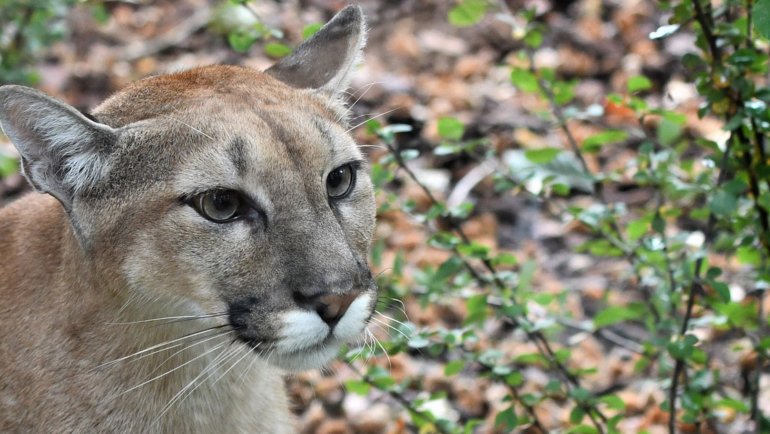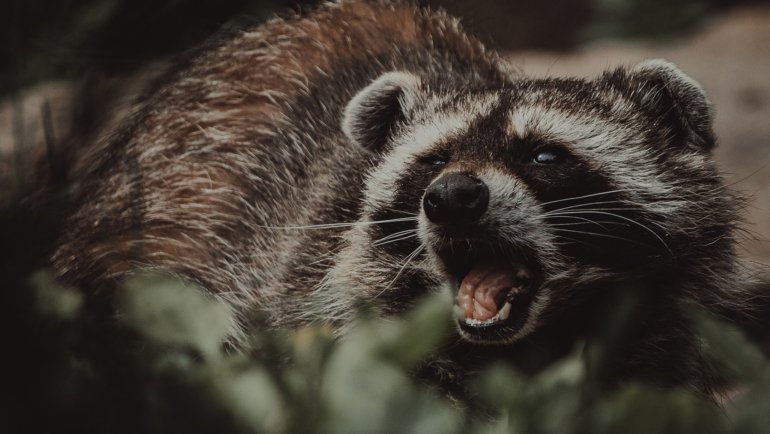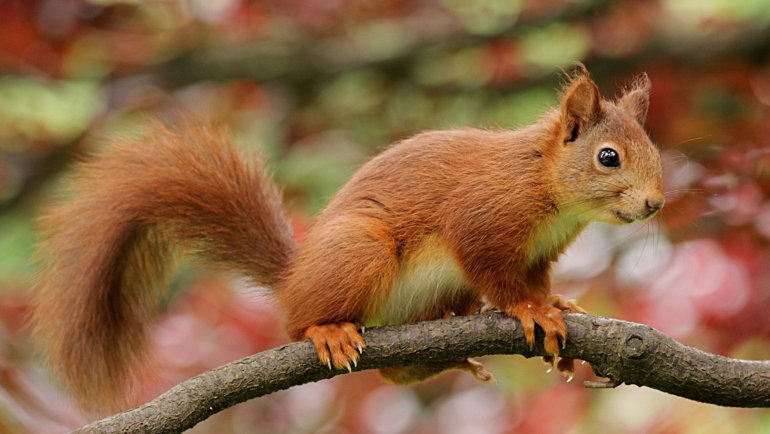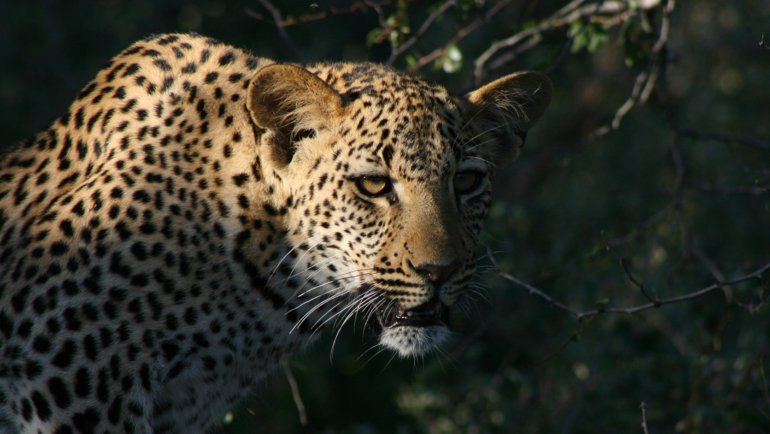Welcome to an exploration of one of the world’s most unusual and fascinating primates: the aye-aye. This nocturnal creature is renowned for its bizarre appearance and unique behaviors.
In this article, we will delve into the fascinating world of the aye-aye, learning about its habits, characteristics, and the challenges it faces in the wild.
The Aye-Aye at a Glance
Classification
| Kingdom: | Animalia |
| Phylum: | Chordata |
| Class: | Mammalia (Mammals) |
| Order: | Primates |
| Family: | Daubentoniidae |
| Genus: | Daubentonia |
| Species: | Daubentonia madagascariensis |
Essential Information
| Average Size: | Body length: 14-17 inches (36-43 cm), Tail length: 22-24 inches (56-61 cm) |
| Average Weight: | 4-6 lbs (1.8-2.7 kg) |
| Average Lifespan: | Up to 20 years in the wild, can exceed 30 years in captivity |
| Geographical Range: | Native to Madagascar |
| Conservation Status: | Endangered (IUCN Red List) |
Species and Subspecies
The aye-aye (Daubentonia madagascariensis) is the only species under the genus Daubentonia. Previously, there was another species, Daubentonia robusta, commonly known as the giant aye-aye.
However, it became extinct at least a thousand years ago, and it’s only known from subfossil remains. The aye-aye we know today has no recognized subspecies.

Description
The aye-aye has an unusual appearance that sets it apart from other primates. It has a slim body measuring about 14-17 inches (36-43 cm) in length, excluding the tail, which is bushy and can grow up to 22-24 inches (56-61 cm) – longer than its body. The aye-aye has dark brown or black fur, giving it a somewhat scruffy look.
One of the most distinctive features of the aye-aye is its middle finger, which is skeletal and elongated, used for tapping on tree trunks to locate grubs and insects. Its large, round eyes are indicative of its nocturnal lifestyle. The ears of the aye-aye are also large, pointed, and highly mobile, assisting the creature in locating its prey by sound.
Sexual dimorphism is not significantly apparent in the aye-aye. Both males and females are similar in size and weight, with an average weight ranging between 4-6 lbs (1.8-2.7 kg).
Habitat and Distribution
The aye-aye is endemic to Madagascar, an island known for its high level of biodiversity and endemism. They inhabit a variety of habitats across the island, including rainforests, deciduous forests, and cultivated areas.
They are mainly found in the east coast’s rainforests, but their range extends to the western and northern parts of Madagascar. Aye-ayes are arboreal creatures, meaning they spend most of their time in the trees.
Their preferred habitats are characterized by dense overhead cover, which provides protection from aerial predators.
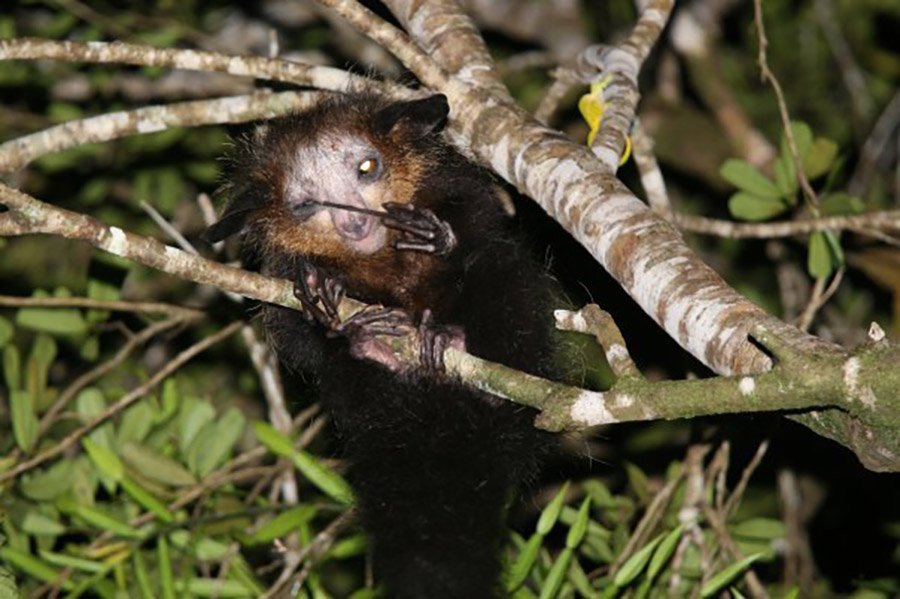
Behavior
Aye-ayes are primarily nocturnal creatures, spending the daylight hours sleeping in nests built out of leaves and branches. These nests are usually located in the forks of large trees, providing the aye-aye with protection from predators and unfavorable weather conditions.
In terms of social structure, aye-ayes are primarily solitary creatures. They forage and feed alone and have large home ranges that they defend against others of the same sex. Despite this, their territories often overlap with members of the opposite sex, suggesting a form of polygynous mating system.
Aye-ayes communicate using a variety of vocalizations, physical gestures, and scent marking. Their most distinctive vocalization is a high-pitched, rapid “creak-creak” or “hai-hai” sound.
Diet and Feeding Behavior
The aye-aye is omnivorous, feeding on a diverse range of foods. Their diet consists primarily of insects, larvae, fruits, nectar, seeds, and fungi. Their unique middle finger plays a crucial role in their foraging behavior.
They use this finger to tap on tree trunks and branches, listening for the echo to locate cavities that may contain grubs. Once a cavity is found, the aye-aye gnaws a hole in the wood using its forward-slanting incisors and then inserts its long middle finger to pull out the grub.
Predators
The aye-aye, like many other species native to Madagascar, faces natural threats from a variety of predators. These primarily include large birds of prey and fossa, a carnivorous mammal unique to Madagascar that is similar to a small cougar.
Their primarily nocturnal lifestyle helps them avoid many of these threats. However, the greatest threat to aye-ayes comes from human activity, including habitat destruction and hunting.
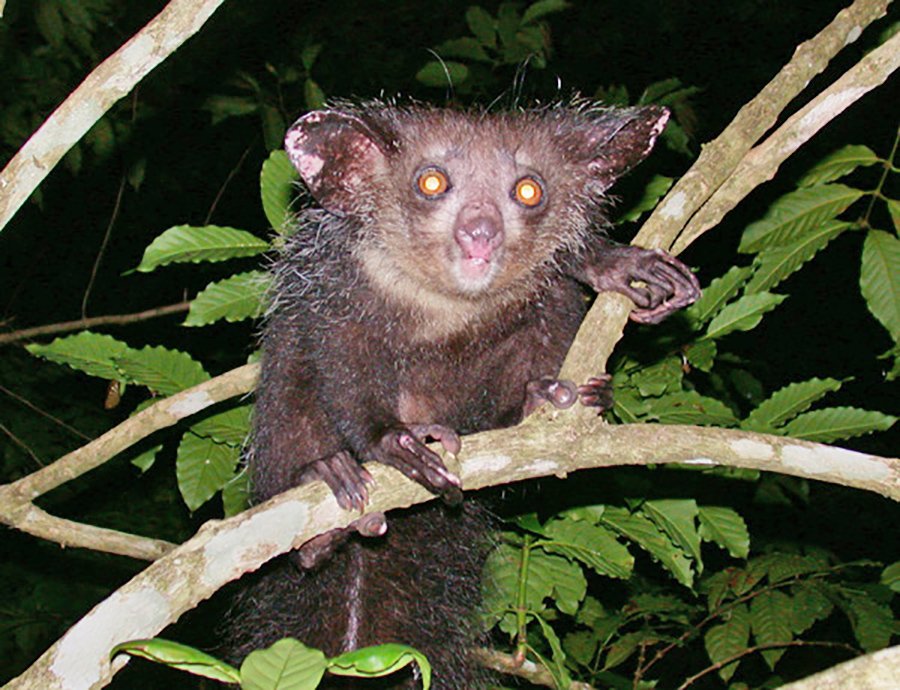
Reproduction and Life Cycle
Aye-ayes do not have a specific breeding season and can reproduce throughout the year. The courtship process is typically initiated by the female who will seek out a male and communicate her readiness to mate. After a gestation period of approximately 170 days, the female gives birth to a single offspring. Twins are extremely rare.
Infants are typically weaned around seven months but will remain with the mother for up to two years, or until the mother gives birth again.
Mothers provide all of the care for the offspring, as males do not participate in rearing the young. Aye-ayes reach sexual maturity at around 2.5 to 3 years of age, and their lifespan in the wild can exceed 20 years.
Conservation and Threats
The aye-aye is currently listed as Endangered on the IUCN Red List. The primary threats to aye-ayes are habitat destruction due to slash-and-burn farming, logging, and the expansion of human settlements. In addition, they are often killed on sight by local people due to cultural beliefs that associate them with evil or bad luck.
Conservation efforts for the aye-aye include legal protection in Madagascar, with hunting and trading of this species being outlawed. However, enforcement of these laws can be challenging.
Conservation organizations are also working to preserve the aye-aye’s natural habitat and educate local communities about the ecological importance of this unique species. Captive breeding and reintroduction programs are also in place in several zoos around the world to help bolster the aye-aye population numbers.
Fun Facts
- Aye-ayes are the world’s largest nocturnal primate.
- They have a unique foraging method called percussive foraging. This involves tapping on trees to find grubs, then gnawing holes in the wood and inserting their narrow middle finger to pull the grubs out.
- Some local legends in Madagascar consider the aye-aye an omen of bad luck or even death. This superstition often leads to the aye-aye being killed on sight.
- Their long, thin middle finger, which they use for foraging, can rotate in almost 360 degrees.
- Aye-ayes are known for their bizarre appearance which includes rodent-like teeth, a bushy tail, and large, sensitive ears.
Frequently Asked Questions
Why are aye-ayes considered bad luck in Madagascar?
Local superstition in Madagascar often associates aye-ayes with bad luck or death. Some believe that if an aye-aye points its long middle finger at someone, it is a death sentence. These beliefs often result in the animal being killed on sight.
What do aye-ayes eat?
Aye-ayes are omnivorous, and their diet primarily consists of insect larvae, fruits, nuts, and seeds. They use a unique method called percussive foraging, where they tap on trees to locate insect larvae, then chew a hole into the wood and use their elongated middle finger to extract the larvae.
Are aye-ayes dangerous?
Despite their somewhat eerie appearance and reputation in local folklore, aye-ayes pose no threat to humans. They are primarily arboreal and spend most of their time in trees.
How long do aye-ayes live?
In the wild, aye-ayes can live for more than 20 years. In captivity, where they are safe from predators and have a consistent food supply, they have been known to live up to 36 years.
Can aye-ayes be kept as pets?
No, aye-ayes are not suitable pets. They have specialized dietary and habitat needs that are difficult to meet in a household setting. Additionally, they are considered endangered and are legally protected in many regions.
Top image: Wikimedia Commons
